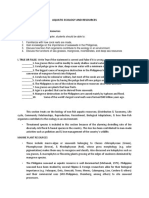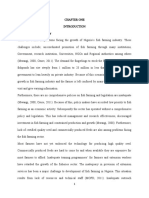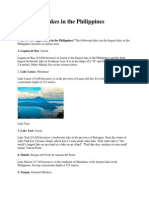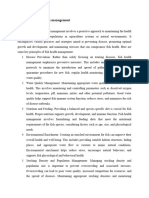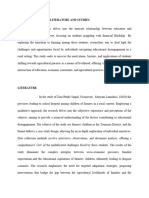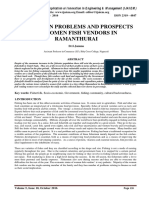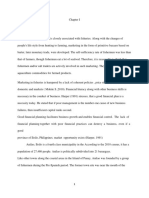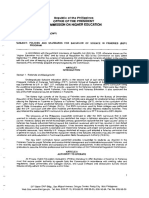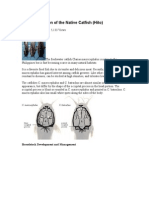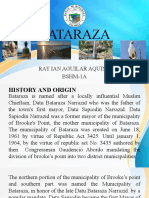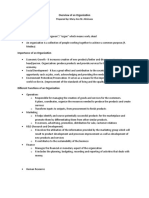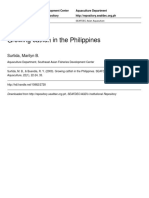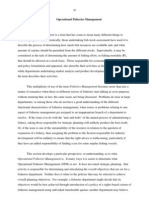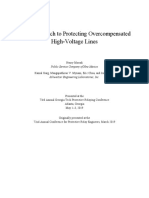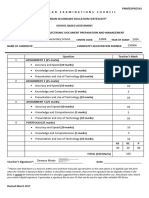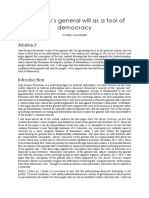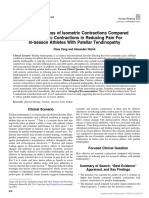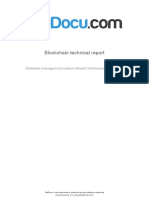100% found this document useful (1 vote)
4K views7 pagesObjectives
The document outlines the aims, objectives, and goals of fishery farms and fisheries management. It discusses promoting sustainable fisheries management through providing technical knowledge and evidence-based guidance. It also aims to admit students and increase the number of qualified fisheries managers through training. The goals are to: maintain fish populations and minimize fishing impacts on the environment and other species while maximizing economic benefits like fisher incomes and employment opportunities, though these goals conflict and require compromise. More specific operational objectives are needed to guide management, such as maintaining fish stocks above 50% of unexploited levels. The overall process aims to develop a sustainable fisheries management strategy through setting objectives consistent with sustainable yields.
Uploaded by
Gloryween Ruth Canencia PaglinawanCopyright
© © All Rights Reserved
We take content rights seriously. If you suspect this is your content, claim it here.
Available Formats
Download as DOCX, PDF, TXT or read online on Scribd
100% found this document useful (1 vote)
4K views7 pagesObjectives
The document outlines the aims, objectives, and goals of fishery farms and fisheries management. It discusses promoting sustainable fisheries management through providing technical knowledge and evidence-based guidance. It also aims to admit students and increase the number of qualified fisheries managers through training. The goals are to: maintain fish populations and minimize fishing impacts on the environment and other species while maximizing economic benefits like fisher incomes and employment opportunities, though these goals conflict and require compromise. More specific operational objectives are needed to guide management, such as maintaining fish stocks above 50% of unexploited levels. The overall process aims to develop a sustainable fisheries management strategy through setting objectives consistent with sustainable yields.
Uploaded by
Gloryween Ruth Canencia PaglinawanCopyright
© © All Rights Reserved
We take content rights seriously. If you suspect this is your content, claim it here.
Available Formats
Download as DOCX, PDF, TXT or read online on Scribd
/ 7















